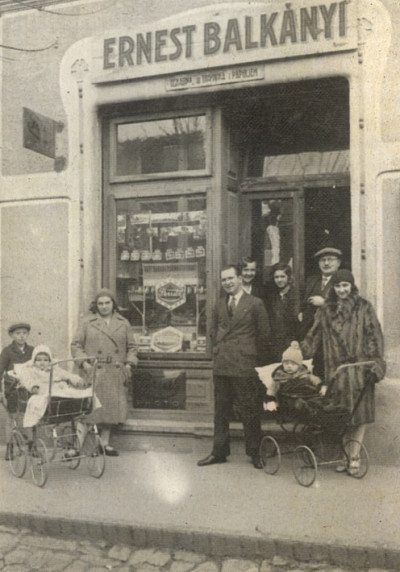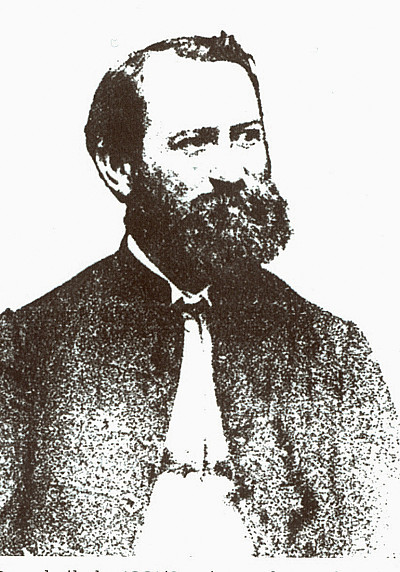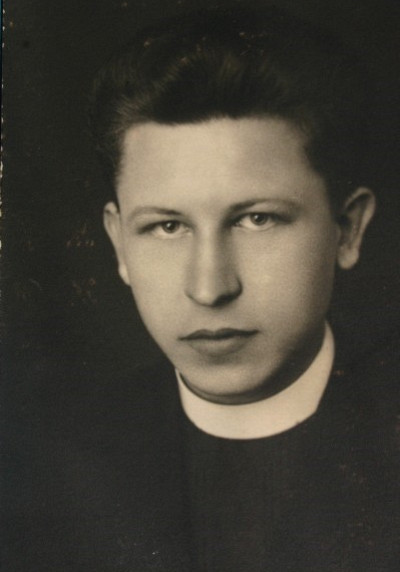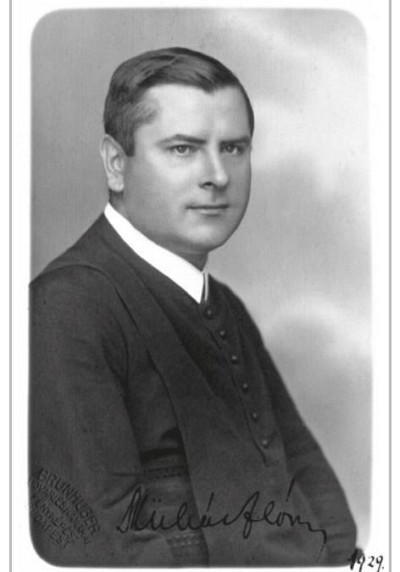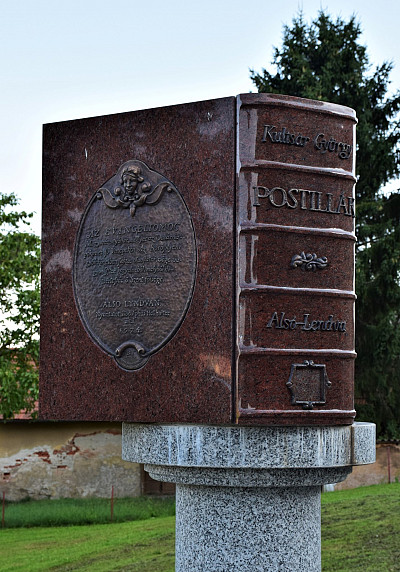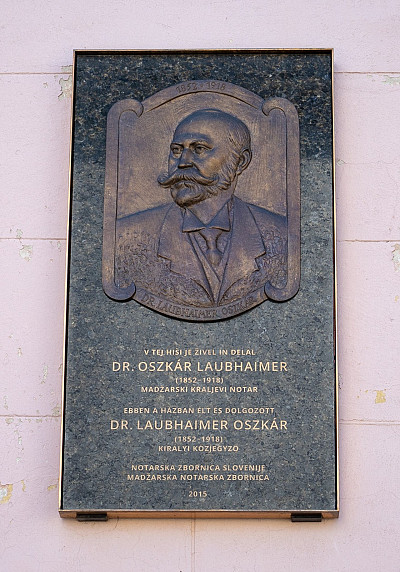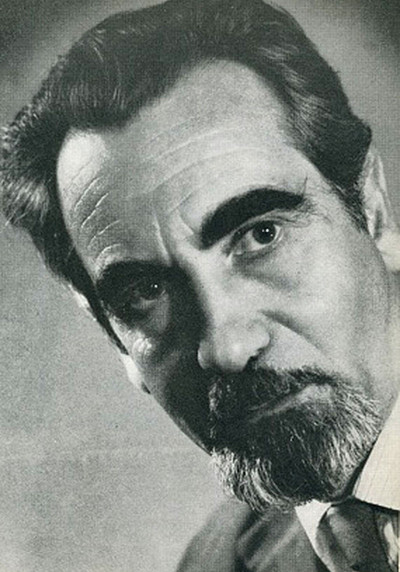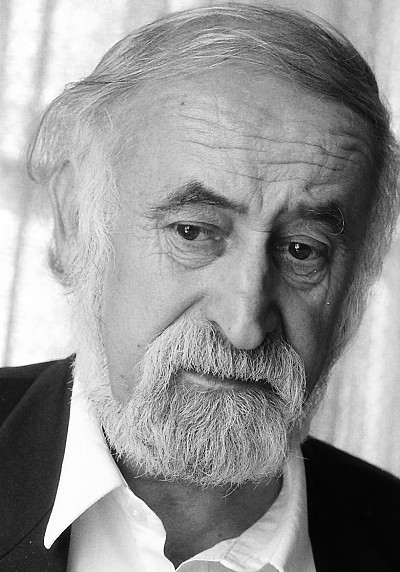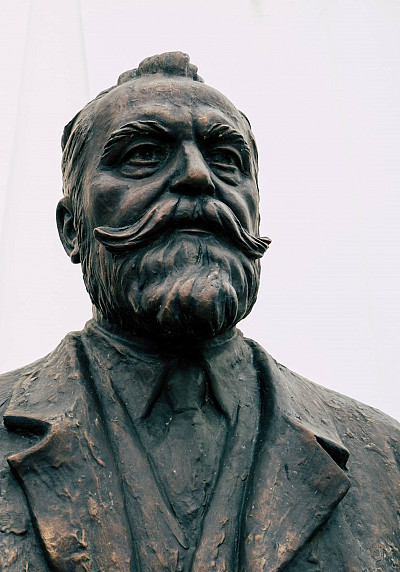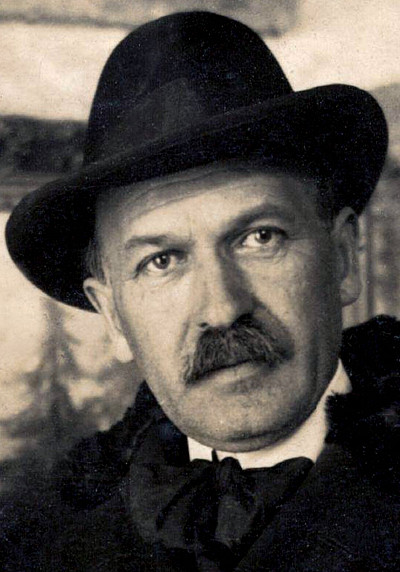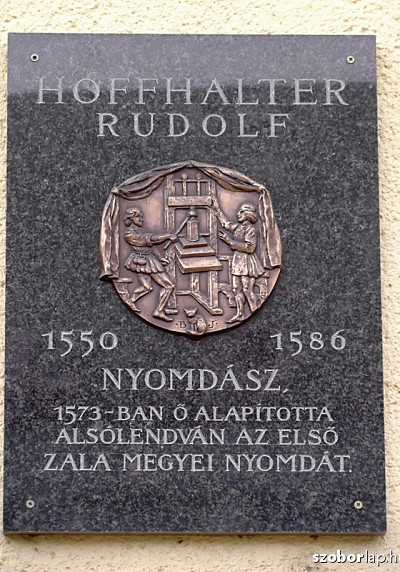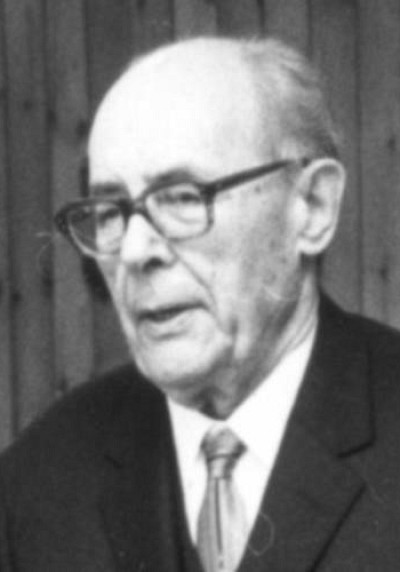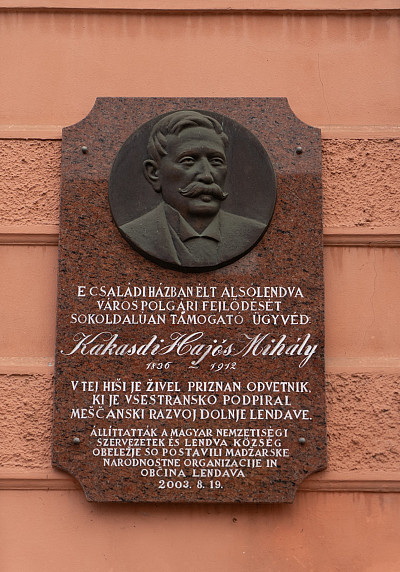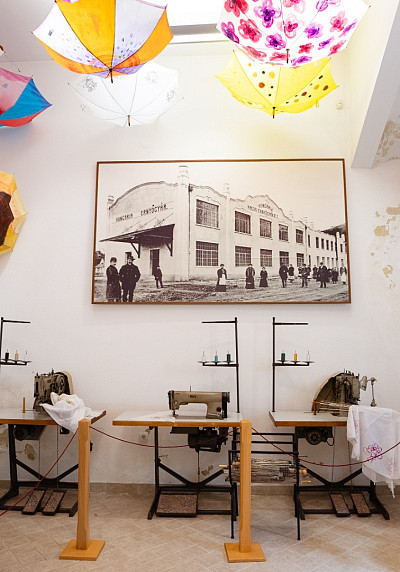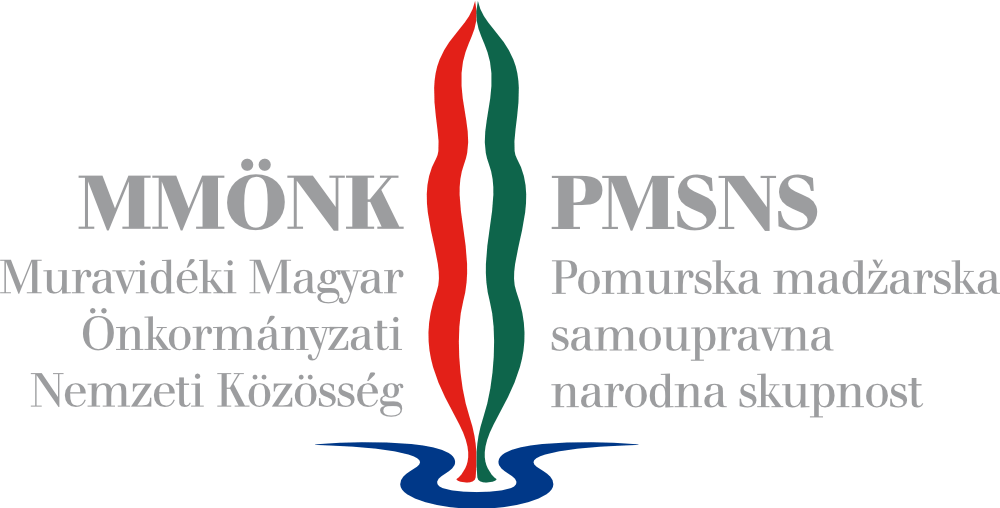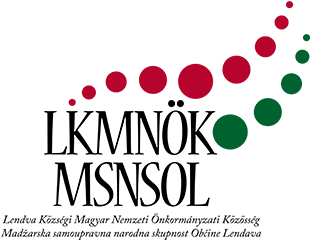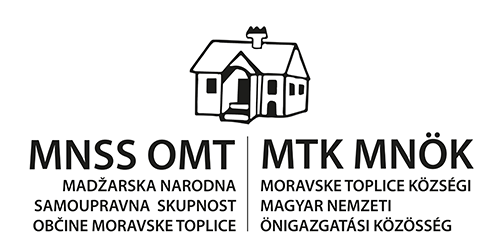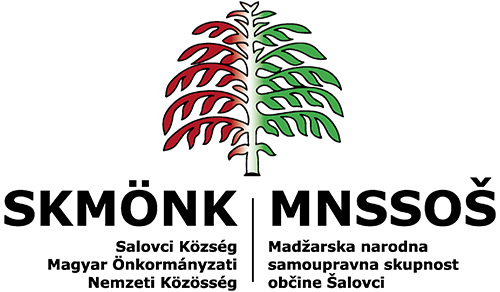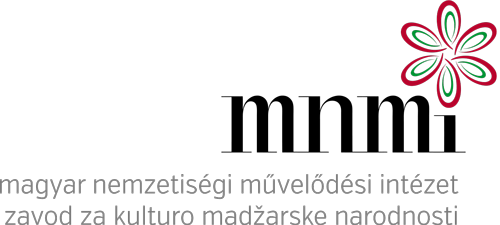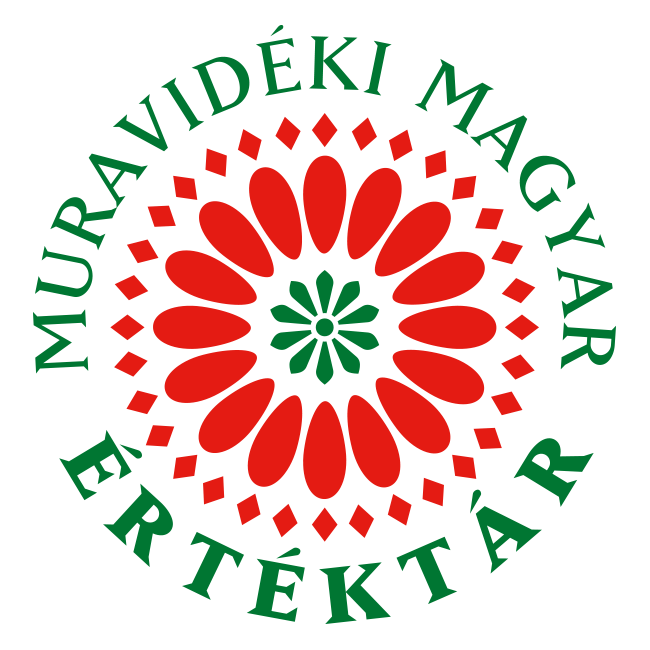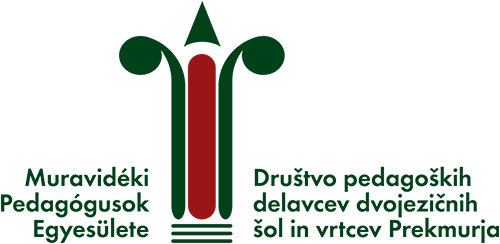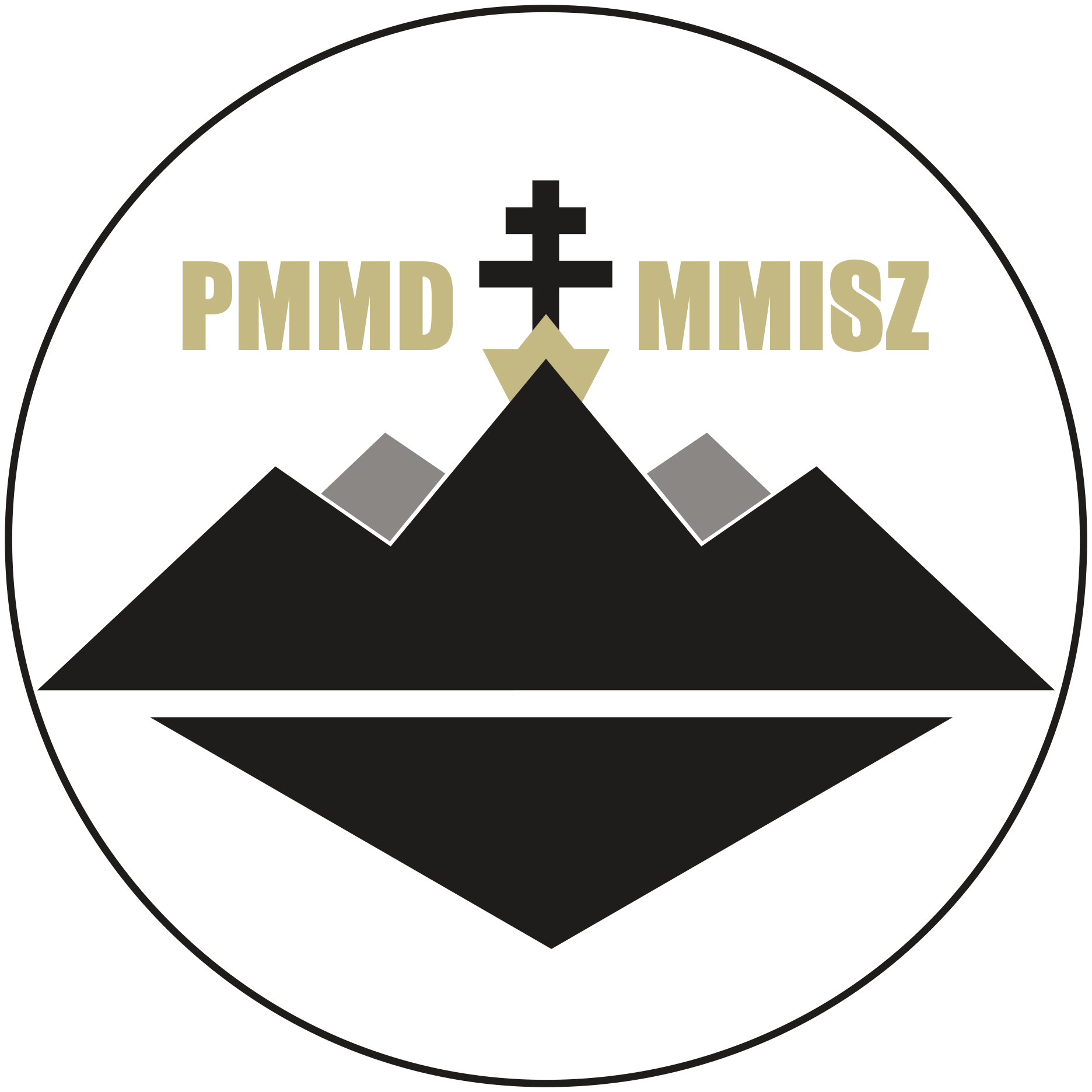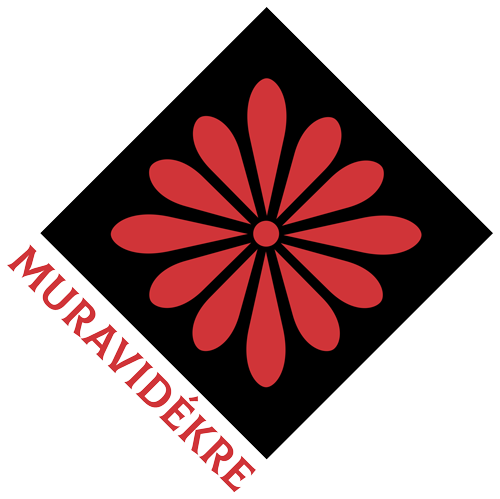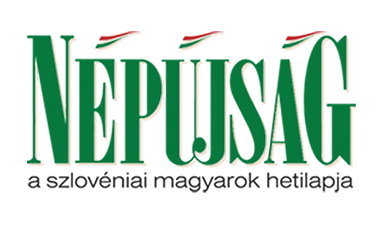Kiss and Fuss

The first pharmacy in Dolnja Lendava, which was also the first pharmacy in Prekmurje, was founded in 1835 by the certified pharmacist Béla Kiss. The pharmacy, called "Szentháromság " (named after the Holy Trinity), opened in the straw-roofed house of Jakab Schwarz, and two years later Kiss had a new pharmacy built on today's Glavna ulica. He died at the age of 72 in October 1885, after working as a pharmacist in Dolnja Lendava for half a century. Before his death, in June 1885, he sold the pharmacy to Nándor Fuss, a master apothecary.
Fuss was an important public figure as he initiated, among other things, the founding of the savings bank Alsólendvai Takarékpénztár, and he was also the initiator of the acquisition of the building housing the Nagyvendéglő. The renovated, expanded building operated under the name “Hotel Korona”. He initiated the paving of the town´s streets and pavements. His idea was to invite the printer Ernő Balkanyi to Dolnja Lendava, where he later helped him both with advice and finances. In his time, the walls of the pharmacy were decorated with two relief plaques: one depicting the Greek goddess of health and cleanliness, Hygia, and the other depicting the Greek god of healing, Esculapus. After World War I, in August 1921, Fuss sold the pharmacy. Consequently, the equipment in the building and most of the pharmacy stock were sold, too. However, the pharmacy furniture from the time Fuss managed it, but maybe even from the time of Béla Kiss, remain to this day. Moreover, even some of the equipment, such as some shelves, pharmacy dishes, jars, scales, and the cash register have also survived.
As a curiosity:
The Dolnja Lendava Manuale Pharmaceuticum, i.e. handwritten pharmaceutical book, was presumably written from the second half of the 19th century, since weights are recorded in grams, whereas before 1875, they were measured everywhere in ounces. The book was written in ink, while the titles of the recipes were written and underlined in red ink. It was written in the Latin Alphabet, in Gothic Script. The manuscript book contains recipes and descriptions of the preparation of 3,729 medicines in Latin and German. In addition to pharmaceutical recipes, it also contains recipes, for example, for the preparation of ink and blush, recipes for stain removers, as well as how to produce flares... These handwritten pharmaceutical books are among the most precious treasures in the history of pharmacy, as they are repositories of knowledge of generations of pharmacists.
Bibliography:
https://www.gml.si/hu/varosi-fiokgyujtemeny/
Šimonka Tanja 2003. Az alsólendvai gyógyszertárakról és egészségügyről. Dolnja Lendava v obdobju meščanstva: 1867–1945. Az alsólendvai polgárosodás korszaka: 1867–1945. Lendva: Lendvai Galéria és Múzeum. 99–101.

